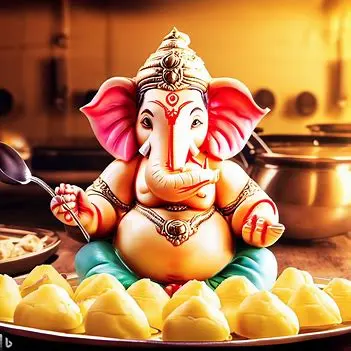Common Misconceptions about Stainless Steel Kitchenware:
1. All Stainless Steel is the Same:
Stainless steel comes in various grades and finishes. The most commonly used types in kitchenware are 304 and 316, with 316 being more resistant to corrosion due to its molybdenum content.
2. Stainless Steel Doesn’t Stain:
Despite its name, stainless steel can discolor or stain if it’s not properly cared for, especially when exposed to acidic or salty foods.
3. It’s Completely Non-reactive:
While stainless steel is less reactive than many metals, certain foods, especially acidic ones, can sometimes cause a reaction leading to a metallic taste.
4. All Stainless Steel Pans Are Non-stick:
Stainless steel pans aren’t naturally non-stick. It’s the technique (like heating the pan properly) that can give a non-stick effect.
5. Stainless Steel Can’t Rust:
Under certain conditions, stainless steel can corrode or rust. This is more likely if the surface is scratched or if it’s exposed to saltwater or some cleaning agents.
6. Heavier is Always Better:
While weight can be an indicator of quality, it’s not the only factor. The construction, heat distribution, and grade of the steel also play a crucial role in the performance of the kitchenware.
7. Stainless Steel Handles Stay Cool on the Stovetop:
Unlike some other materials, stainless steel handles can get hot during cooking. Always use caution and consider using a mitt or handle cover.
8. It Heats Evenly by Default:
The evenness of heating largely depends on the core. Many high-quality stainless steel pots and pans have an aluminum or copper core to ensure even heat distribution.



9. Dishwasher Safe Means It’s Always Safe:
While many stainless steel items are labeled as dishwasher safe, frequent dishwasher cleaning can lead to discoloration or spotting. Hand washing is often recommended to maintain the shine and look.
10. More Expensive Means Better Quality:
Price isn’t always an indicator of quality. Some less-known brands might offer excellent quality at a lower price. Always look for reviews and specifications rather than price alone.
Remember, while stainless steel kitchenware is a popular and durable choice for many households, it’s essential to be informed and understand its care and characteristics to make the most of your investment.
Buy premium Stainless Steel Cookware only on GourmetDelight Sauce Pan – BHARTIYAM Kitchen







